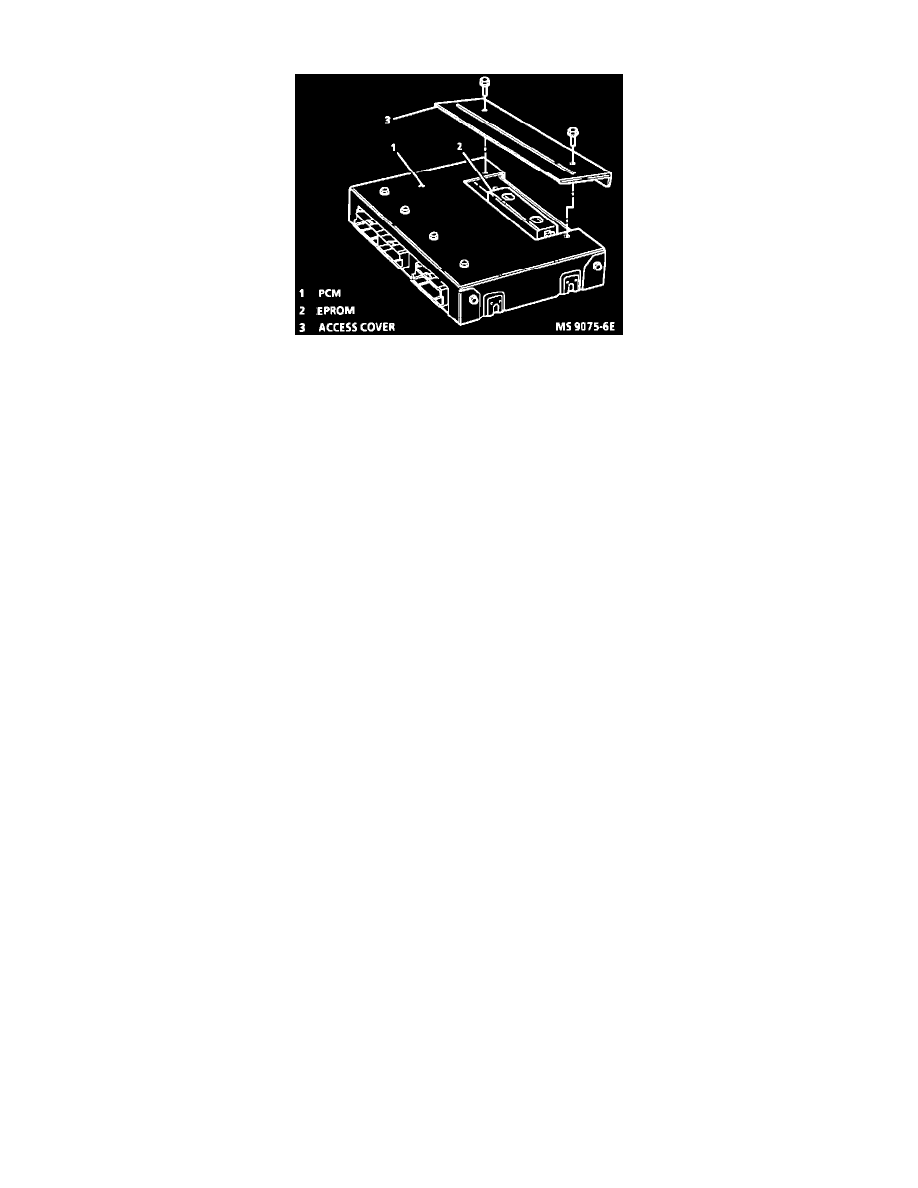Riviera V6-231 3.8L VIN L SFI (1991)

Engine Control Module: Description and Operation
Powertrain Control Module (PCM)
The Powertrain Control Module (PCM) is the control center for the Sequential Fuel Injection (SFI) system, ignition system, cruise control operation, and
transaxle shifting. The PCM constantly monitors information from various data sensors and controls output devices that affect vehicle performance. The
computer can control these devices through the use of Quad Driver Modules (QDM). When the PCM is commanding a device or a component "ON," the
voltage potential of the output is low or near zero volts. When the PCM is commanding a device or component "OFF," the voltage potential of the circuit
will be "HIGH," or near 12.0 volts. The primary function of the QDM is to supply the ground for the component being controlled.
The input information has an interrelation between sensor output. If one of the input devices fails, such as the oxygen sensor, this could affect more than
one of the systems controlled by the computer. To allow one type of PCM to be used for many different vehicles, a device called a Memory-Calibration
(MEM-CAL) unit is used. The MEM-CAL is located inside the PCM and has system calibration information based upon the vehicle's axle ratio, engine,
transmission, weight, and other specific configurations of the vehicle. Since the MEM-CAL unit is unique to specific vehicles, it is important to install
the MEM-CAL unit into the new PCM when servicing. The PCM also has self-diagnostic functions which stores trouble codes and alerts the driver
through a warning lamp on the instrument panel.
